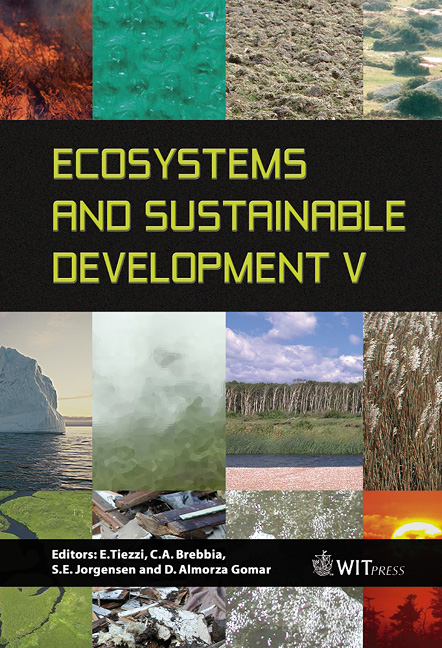Wetland Impacts On The Optical Characteristics Of The Inshore Bays Of Lake Victoria, East Africa
Price
Free (open access)
Transaction
Volume
81
Pages
9
Published
2005
Size
405 kb
Paper DOI
10.2495/ECO050631
Copyright
WIT Press
Author(s)
C. Rossi, A. Cózar, L. Bracchini, S. Focardi & S Loiselle
Abstract
Lake Victoria is the largest tropical lake in the world and has the most densely populated lake catchment in the tropics, with major cites from three nations that lie on its shores. The lake provides resources that are fundamental for the local population and national economies. Inshore areas are particularly sensitive to changes in land use, wetland management and wetland vegetation. The highly heterogeneous inshore waters of Lake Victoria present a wide range of optical environments, from strongly humic environments to highly turbid areas and to areas of massive algal blooms. In the present study, the spatial analysis of the light field along the Ugandan and Kenyan coast was analysed using a series of spectroradiometers, simultaneously with chemical and biological measurements. By combining both the high spatial resolution data from the water column, with the satellite derived spatially explicit information about the coastline characteristics, it was possible to examine the relation between wetland coverage and water quality. The extinction coefficients in the visible wavelengths showed higher extinction in wetland-bordered areas for wavebands necessary for chlorophyll photosynthesis, reducing the euphotic depth available for phytoplankton growth. Keywords: Lake Victoria, Africa, DOM, PAR, water quality, wetlands, Great Lakes.
Keywords
Lake Victoria, Africa, DOM, PAR, water quality, wetlands, Great Lakes.





